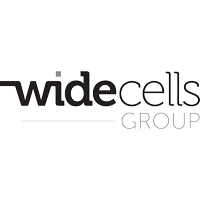WideCells CSO Professor Peter Hollands gives a beginner’s overview of stem cell science:
It seems that everyone is talking about stem cells.
The subject often comes up on social media and in broadcast and printed media.
But do we all really understand what stem cells are and what they can do?
I started work in stem cell technology in the early 1980s and at that time the only stem cell in clinical use was that found in bone marrow.
Bone marrow was being used in the treatment of leukaemia and is still in use today in some circumstances.
My PhD at Cambridge University focussed on the possible use of stem cells obtained from developing embryos in the mouse to treat leukaemia.
This was a very new approach back then and the results supported the concept that there are stem cells in the early developing embyro which could be used to treat leukaemia.
There then followed a flurry of research in which stem cells from the bone marrow were mobilised into the peripheral circulation and used to treat leukaemia. Then the discovery of embryonic stem cells first in the mouse and then in the human.
The creation of human embryonic stem cells requires the destruction of a human embryo which raises legal, ethical, moral and religious objections and therefore limits the use of these cells.
The enormous momentum in stem cell research was now underway resulting in stem cells being found in almost all body tissues including umbilical cord blood which proved to be another valuable source of stem cells for the treatment of leukaemia.
It is now even possible to artificially induce normal body cells (e.g. skin cells) to become stem cells which can then potentially be used to treat and study disease.
This is perhaps a familiar story. But in order to truly understand the potential and the challenges of stem cell technology it is first essential to understand the nature of stem cells.
This is a massive subject, full of confusing jargon, which could take a lifetime to truly understand but these key facts help to provide a good basis.


